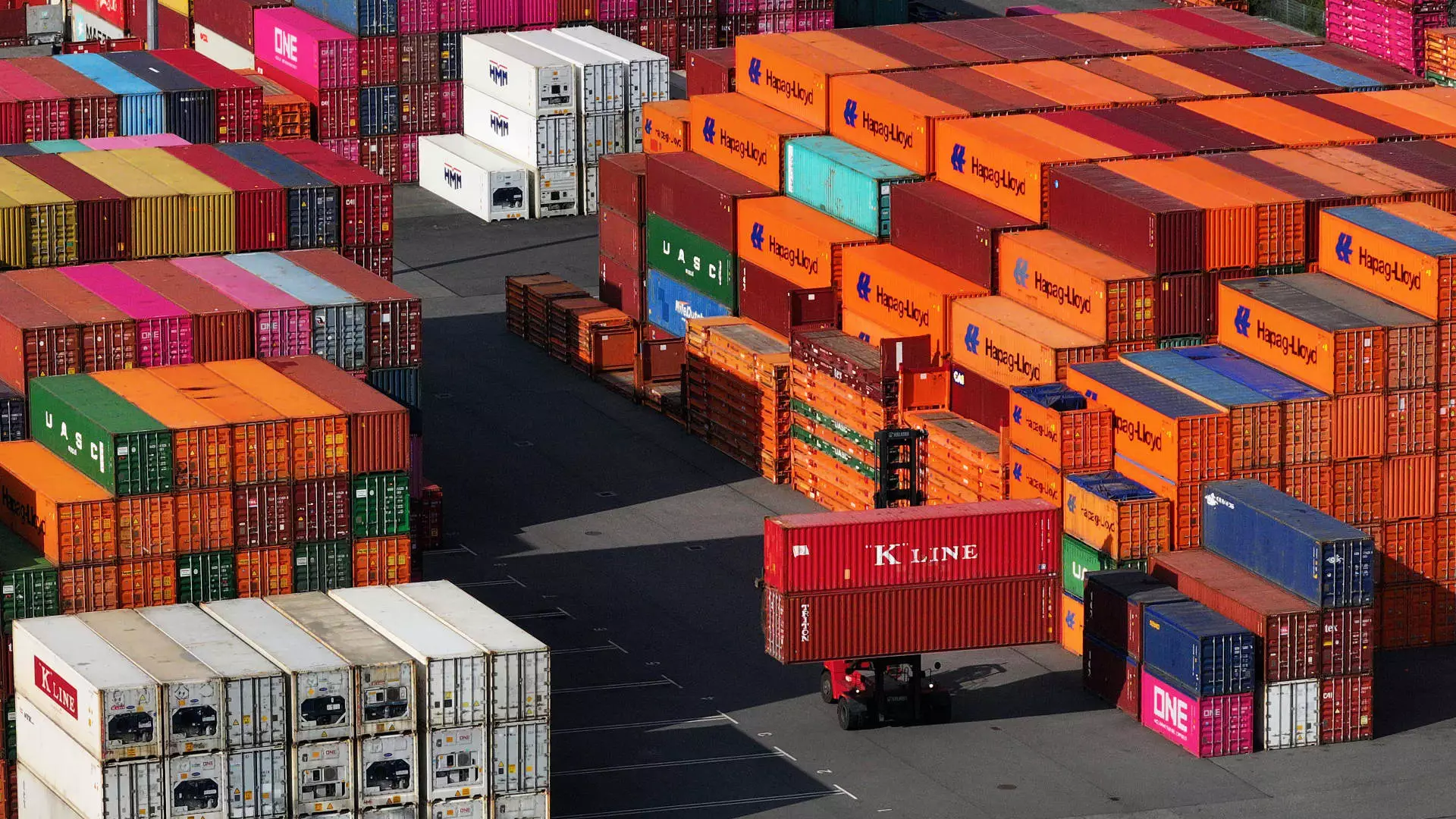For years, policymakers have argued that tariffs could serve as a panacea to various economic woes, particularly in addressing the trade deficit and protecting domestic industries. Recently, President Donald Trump revived this notion, suggesting that tariff revenues could potentially replace the income tax. Yet, this bombastic claim is not merely an optimistic overreach; it is a profound misunderstanding of economic principles and the fabric of international trade. As investors navigate through the fog of tariff uncertainty, it is crucial to critically assess whether this steadfast commitment to tariffs is a solution or a recipe for disaster.
Revenue Expectations vs. Reality
The audacity of Trump’s proposal begins to unravel under scrutiny. According to Alex Durante of the Tax Foundation, the idea that tariff revenue could offset significant fiscal components such as the income tax is “not a realistic proposal.” The numbers back this sentiment. To illustrate, in 2023, the U.S. imported $3.1 trillion worth of goods, yet the income tax tax base exceeded a staggering $20 trillion. These figures indicate a fundamental truth: the revenue generated from tariffs hinges on a much smaller pool than individual income taxes, making such revenue projections more fiction than fact.
Economists like Mark Zandi from Moody’s are quick to puncture the inflated estimates projected by the administration, arguing that they dwell in a realm beyond reasonable expectation. Instead of the fanciful $600 billion anticipated by trade adviser Peter Navarro, Zandi suggests that even reaching $200 billion would be optimistic. The critical task for any administration committed to its principles should be temperance in projections and a focus on sustainable revenue sources, rather than airy dreams.
The Economic Downside of High Tariffs
Completing the picture is another vital consideration: the economic consequences of imposing high tariffs. The immediate 10% tariff rate on imported goods may seem like a minor hurdle, but its implications cascade throughout the economy. According to a Tax Foundation report, such a tariff could reduce U.S. GDP by 0.4%. This reduction doesn’t just whisper; it shouts potential lost earnings and employment opportunities. An economy that becomes increasingly insulated from global trade runs the risk of stagnation, leaving consumers with fewer choices and higher prices—which in turn erodes disposable income and undermines economic stability.
Moreover, consumer behaviors shift as prices rise. High tariffs can prompt a significant decrease in imported goods purchased, ultimately constraining revenue generation. The irony is palpable: an attempt to increase revenue through tariffs can paradoxically lower it. Underpinning such economic devastation are the nuanced interactions of supply and demand, which policymakers too often overlook.
The Psychosis of Protectionism
Today, there lies a pervasive allure in protectionism, stirring imaginations with visions of a self-sufficient economy. However, the desire to shield domestic industries from international competition shows signs of becoming an economically perilous obsession. While advocating for local businesses appears commendable, blindly imposing tariffs can thrust the economy into tumultuous waters. Tariffs may afford a temporary reprieve for certain sectors, but the long-term implications bear significant costs that must not be ignored.
With the International Monetary Fund recently projecting a reduction in U.S. growth due to trade tensions, one cannot help but wonder if the administration’s fixation on tariffs outstrips its capacity for pragmatic economic policy. Refusing to engage with global financial structures might serve political posturing but risks boxing America into a corner of economic isolation. The broader picture seems dimmer; rampant tariffs promote retaliation strategies from trading partners that only amplify the existing economic malaise.
Charting a Pragmatic Path Forward
The unresolved question faces not only economists but American society at large: Is the dream of tariffs a feasible reality, or is it simply a mirage disguised as economic policy? Bridging this chasm requires a delicate blend of pragmatism and strategic foresight. Policymakers must recognize that dismantling the convoluted tariff system will ultimately serve the interests of a resilient economy suited for future growth.
Navigating this uncharted territory necessitates recalibrating focus: investing in domestic innovation, education, and fair trade agreements that benefit all parties involved should be prioritized over insulated economic models built on tariffs. The dangers of clinging to a misguided concept of economic nationalism can potentially unravel the very fabric of American prosperity, compelling us to rethink our approach in these contentious times.

